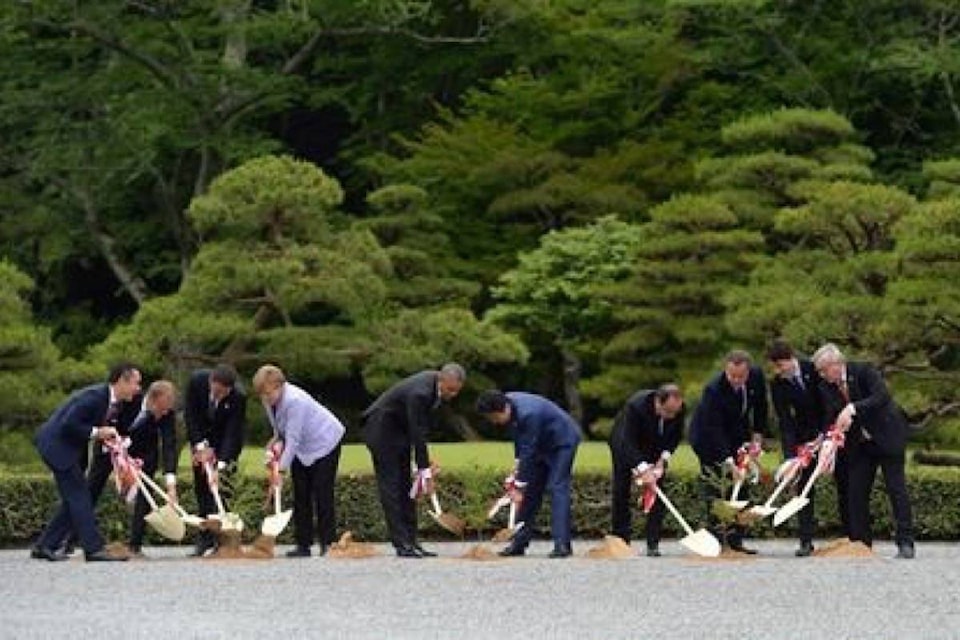A green economy think tank at the University of Ottawa says the federal government’s promise to plant two billion trees over the next 10 years is a cheap way to pull greenhouse gases out of the atmosphere.
Prime Minister Justin Trudeau promised during the election campaign to spend $3 billion on land and water conservation projects between now and 2030. Among those projects will be planting two billion additional trees.
The promise was met with some eye rolls as different parties kept upping the ante on tree planting, including the Green party’s pledge to plant 10 billion trees by 2050.
But a government official in Environment Minister Jonathan Wilkinson’s office said negotiations are underway with New Brunswick and other provinces to get new tree planting programs started as early as possible next year.
Ottawa doesn’t intend to plant the trees itself, but will provide money to help others do it.
Dave Sawyer, an environmental economist with the Smart Prosperity Institute, said “two billion is a good start” when it comes to using nature to help Canada cut greenhouse gas emissions.
A study Sawyer helped write found that planting two billion trees is possible and helpful as trees are one of the best natural ways to absorb some of the greenhouse gases produced from burning fossil fuels.
The study suggests planting that many new trees could reduce emissions between two and four million tonnes a year in 2030. By 2050, as the trees mature and can absorb more carbon dioxide, that amount could more than double to between four and almost nine million tonnes a year.
READ MORE: Prime Minister Justin Trudeau unveils new Liberal cabinet
The cost to plant those trees per tonne of emissions reduced would between $16 and $36, the study says, which is noticeably less than the $50 a tonne carbon tax that will be in place by 2022.
The investment would drive economic activity by paying people — usually young people — to plant the trees as well as work for local nurseries to grow the saplings, Sawyer said.
Even at four million tonnes a year by 2030, the impact on Canada’s emissions would not be huge. Canada is currently aiming to cut emissions from 716 million tonnes in 2017 (the most recent year for which data is available) to no more than 511 million tonnes by 2030. It’s a target that will get tougher next year when Wilkinson increases Canada’s target.
“It’s not the panacea to solve Canada’s problem,” Sawyer said. “But clearly there is something here and we can actually get a lot of carbon and a lot co-benefits, environmental benefits, local economic development benefits.”
A few recent studies have shown benefits to starting a global effort to plant new trees, a plan backed by Swedish teenager and climate change campaigner Greta Thunberg. American clean-tech leader Elon Musk is among those putting up some money to kickstart efforts.
Some critics have suggested there is not space on the planet to put all the new trees suggested, but Sawyer said Canada does have room for two billion new trees.
While the study took into account the expectation that not every new tree planted would survive, he said where they get planted and ensuring a variety of tree types are included will be key to making the most of the efforts.
Canada has had tremendous losses of trees from pest infestations partly because urban and rural forestation efforts have in the past focused on one tree types. That meant the pine beetle had a devastating impact in British Columbia, for example, as the emerald ash borer has had in some cities in central and eastern Canada.
Mia Rabson, The Canadian Press
